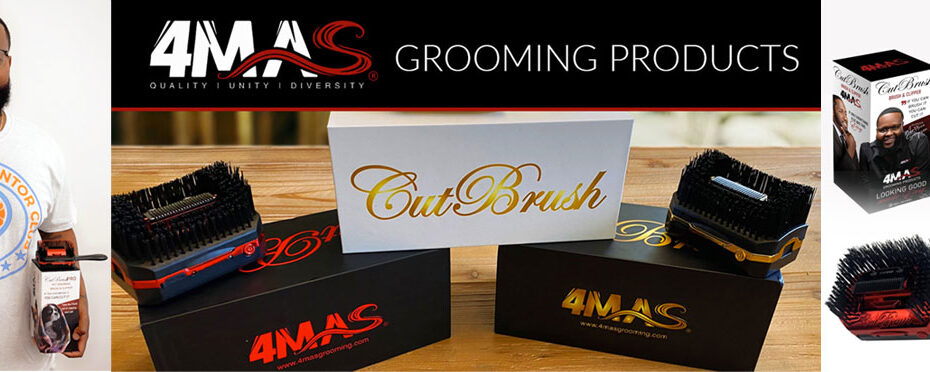
From Inspiration to Success:
Marrico Simpson, 4Mas Grooming

Professional barber Marrico Simpson invented an easy way to self-groom at home for humans – and for pets!
Founder of 4MAS Marrico Simpson took a leap of faith when he launched the innovative CutBrush that combines a motorized hair clipper and brush to make haircutting easier. Initially designed for other barbers, the CutBrush is now also a powerful self-grooming tool featuring a blade engineered for sharp accuracy that can be used at home.
As a disabled veteran with 10 years of active duty service in the United States Navy, Marrico understands the value of determination, perseverance and hard work. He used these personal values to create his business, and as a result the CutBrush became a success story – so much so that he has now added the CutBrush 4Pets to his product line.
Today, 4MAS features a comprehensive line of products including clippers and trimmers, razor holders, hair and beard care products and accessories.
visit: https://4masgrooming.com/
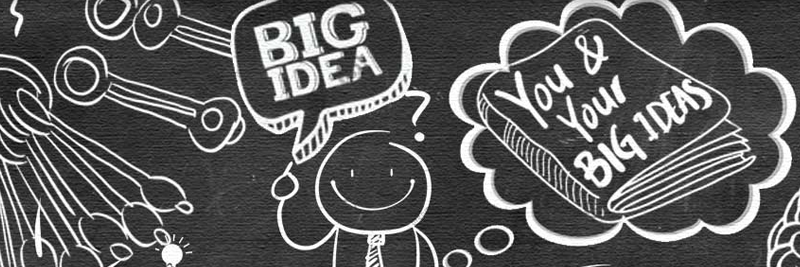
Is It Your Idea, or Someone Else’s? by Brian Fried
Finding out whether your idea is really yours or if someone else came up with it is an important first step for an entrepreneur inventor.
You can perform a search to see if your invention idea already exists. Check online and brick and mortar retail stores, watch home shopping channels and look through popular print and online catalogs. Search engines such as Google, Google Patents and the U.S. Patent and Trademark Office website (http://www.uspto.gov) are also helpful. Keep track of your findings by jotting down places that carry similar products, the brand names and patent numbers.
Now it is time to decide whether to move forward, or move on to your next idea. Is there enough difference between your idea and what already exists? You can seek professional help from a patent attorney or agent and get a letter stating their opinion. This step may cost you a few dollars, but imagine skipping this step, investing in your idea and then finding out that you are infringing on someone else’s patent!

Bright Idea:
Inventor Tip from Brian Fried
What do you think makes one product more successful than another?
As an inventor, an important step to achieve success is to identify the right market for your product. Evaluate whether you have a niche product or a mass market opportunity.
If you invented a golf ball, it would be a niche product. Not everybody plays golf, but if you are a golfer, you will buy golf balls. On the other hand, my Pull Ties product is an example of a mass market product because it can be used in so many different ways. You can use Pull Ties to seal bread, cereal bags, freezer bags and other pantry items. It can also be used for arts & crafts and for keeping cables and cords together.
Because Pull Ties is such a versatile product it is a mass market product that can be marketed to anybody, whereas a golf ball is a niche product that will only sell if it’s marketed to people who play golf. Identifying who your product is for (your target market) will help you understand who will need to learn about your product.

Question:
Do I need a patent, a trademark or a copyright?
Answer:
Patents, trademarks and copyrights are types of intellectual property. The US Patent and Trademark Office (USPTO) grants patents and registers trademarks, while the US Copyright Office at the Library of Congress registers copyrights. Here are definitions from the USPTO:
A patent is for inventions like mechanical processes such as machines or chemical compositions that are new, unique and usable in industry. A patent prevents others from copying, making, using or selling your invention without your consent. Example: A new type of hybrid engine
A trademark is a word, phrase or design that identifies your goods or services and distinguishes them from others. It prevents others from using a similar trademark for related goods or services. Example: Coca-Cola® for soft drinks
A copyright protects artistic, literary or intellectually created works like novels, music, movies, software code, photographs and paintings that are original and exist in a tangible medium such as paper, canvas, film or digital format. A copyright prevents others from copying, making, using or selling the invention without your consent. Example: Song lyrics
National Inventor Club News
If you decide to manufacture your own product instead of licensing it to a company with manufacturing and distribution capability, you will need to find the right factory. At the National Inventor Club we heard from Min Yang about how Alibaba.com is a good resource for finding a factory to manufacture your invention, or perhaps source a product from overseas.
Min Yang, Partnership & Customer Success Executive at Alibaba, is a former Amazon.com ecommerce expert where she helped merchants from the United States grow their Amazon business for 10 years. She explained that AliBaba.com is a global B2B platform with global buyers and sellers in over 190 countries where people come to find the right fit for manufacturing.
Min Yang explained that there are three types of buyers who visit the Alibaba.com website: people who are looking for information and ideas; those with a specific product need looking for a company that can make a product; and larger buyers looking for larger suppliers. She said that there are 20 million active buyers on AliBaba.com.
We also heard introductions from the U.S. Patent and Trademark Office Innovation Outreach Team & Resource Center and the Small Business Development Center. We heard from new members, and our featured inventor on our Inventor Spotlight.
Beside good information, the National Inventor Club provides an opportunity for networking and open Q & A sessions with speaker, founder and moderator, Brian Fried.
visit: https://nationalinventorclub.com


The Got Invention Show Sticky Notes: Necessity is the Mother of Invention Alan Amron began inventing when he was just 12 years old, and he is still going strong. As a serial inventor he now has an amazing 40 patents to his credit. At first, Alan didn’t see himself as an inventor – he was just solving problems by coming up with ideas. He started out inventing toys to play with. When Alan was a young man his father went on vacation and the refrigeration in his meat store went out. Alan invented a temperature monitoring system that he eventually sold to the American Red Cross, Waldbaum’s supermarkets and others. The story of the 3M Post-It Note began when he left his wife a message. He wrote on a small piece of paper and used a tiny piece of chewing gum mixed with a bit of dust to attach the note to the refrigerator door. His wife saw the potential of the idea, but unfortunately what ensued was a decades-long battle with 3M that claimed the idea as their own. Alan learned a valuable lesson from the experience, and he now feels that if his idea is good enough for the industry, it’s good enough for a patent. He often works with “patent partners” who invest in his ideas, and he splits the profit with them 50-50. While Alan Amron is best known for the sticky note, his most lucrative invention is the battery-powered water gun that made him millions. Right now he is working on an invention for professional football games. When asked about his invention process, Alan said if nobody likes his idea, he tends to put it aside and move on. When he gets a good idea, he visualizes it as a finished product. He then works backward to determine the best path for producing a prototype from a “napkin drawing,” pricing, marketing and contacting the right people. But he understands that some inventors can benefit from professional guidance. You can learn more about Alan Abrams, his inventions and his story in his new book An Invented Life available on Amazon and Kindle, Barnes and Noble and audiobooks. To chat with Alan Abrams, visit PostitNotesInventor.com. The Got Invention Show features 30-minute interviews where an inventor promotes an invention, seeks a licensing deal or looks for distribution opportunities. Host Brian Fried focuses on his guest’s challenges and solutions and asks about their journey, where they are right now and what will come next. Guests offer words of wisdom to viewers and listeners. The Got Invention Show was picked up by DB&A Network which airs Brian’s interviews on AppleTV, RokuTV and Amazon Fire. The audio podcast is distributed on iHeartRadio, Spotify, Apple, Google Podcasts and others for a total of over 100 million potential viewers and listeners. To become a guest on the Got Invention Show, visit gotinventionshow.com. National Inventor Club Premium Members receive a discount. |
From the Inventor Community
George Melistas, Inventor
Follow your dreams and never ever give up! Believe in yourself, your mission, your goals and success will follow! The sky is the limit!
George D. Melistas
Founder and CEO, Child Be Safe, LLC
https://www.childbesafe.com
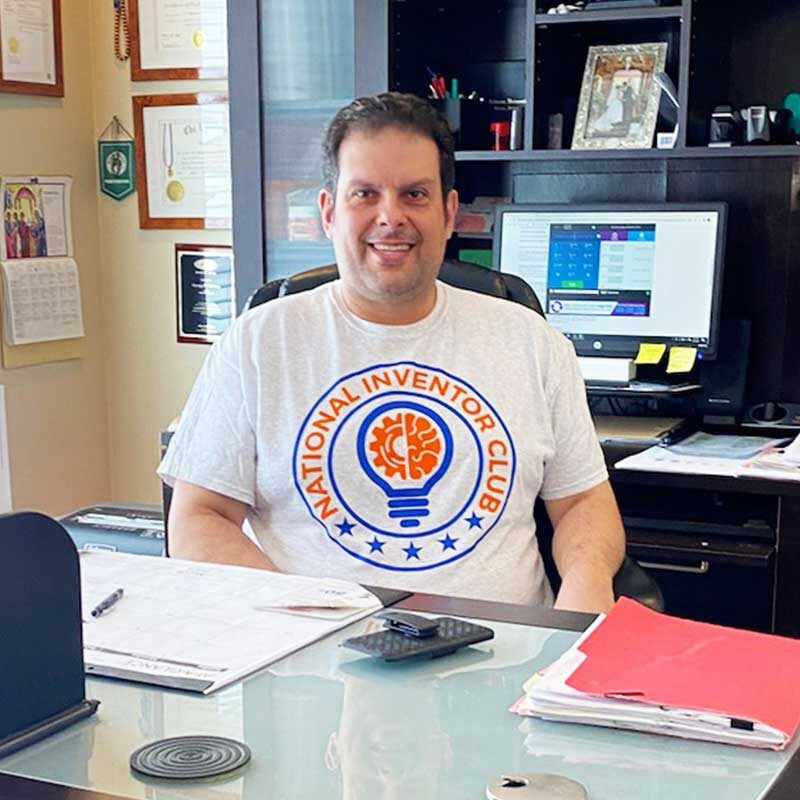
Inventor Swag for the Holidays
Shop for the holidays for yourself or for the inventor you love!
Find shirts, hoodies, sweatshirts, hats, stickers, blankets and over 1,000 unique items to show that you are proud to be an inventor.
Coupon Code: INVENTORSMART
https://inventormart.com/discount/INVENTORSMART
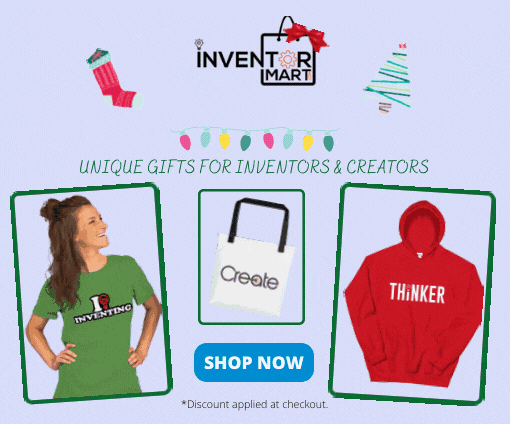
News from the US Patent & Trademark Office (USPTO)
Kathi Vidal to lead USPTO
President Biden has named Kathi Vidal to head the U. S. Patent and Trademark Office. She is currently head of the Winston and Strawn office in Silicon Valley.
Vidal has extensive experience as a patent litigator and has represented companies including Microsoft Corp, Tesla Inc, Intel Corp, Dell Corp and Spotify Technologies SA over her career. She led the Fish & Richardson litigation group before joining Winston in 2017.
In a statement, the White House said Vidal is “one of the leading intellectual property lawyers in the country,” has been “nationally recognized for leading high-profile patent disputes” and is a “recognized thought leader on difficult issues confronting the legal profession and intellectual property law.”
Vidal graduated from Binghamton University, received her master’s degree in electrical engineering from Syracuse University and attended the University of Pennsylvania School of Law. She also clerked for U.S. Circuit Judge Alvin Schall at the patent-heavy U.S. Court of Appeals for the Federal Circuit. She was an engineer at General Electric Co and Lockheed Martin Corp.
Vidal has argued both for and against patent eligibility in patent cases at the Federal Circuit.

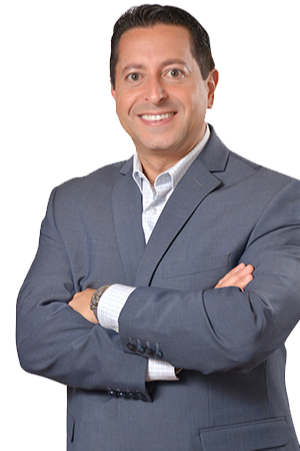
About Brian Fried
Brian Fried, serial inventor, is an award-winning authority in the invention industry, a sought-after celebrity guest speaker and an advocate for the invention community. As CEO of Inventor Smart, he acts as an Inventor Coach by representing inventors at every stage of the invention process. He also represents inventors as a licensing agent to secure deals.
Brian is the founder of the National Inventor Club, one of the largest in the nation. Guest speakers focus on topics of interest to the inventor community. Sign up for free and premium membership at National Inventor Club.
Brian hosts Got Invention Show which was picked up on a network that runs on RokuTV, AmazonTV, AppleTV and YouTubeTV and the podcast on Apple and Google Podcasts, Spotify and iHeartRadio.
To learn how to proceed with your invention at any stage including licensing and manufacturing, you can read Brian’s books, You & Your Big Ideas and Inventing Secrets Revealed or sign up for an eLearning course at inventorclass.com. Visit Inventor Smart for more information and additional resources available to help inventors, innovators and entrepreneurs.
visit: https://brianfried.com/
Past Newsletters

May Newsletter 2024
May 2024 Whether you’re an experienced inventor or a newbie who just came up with your first big idea, the Inventor Smart Monthly Newsletter is
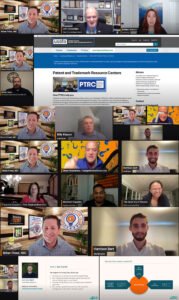
April Newsletter 2024
April 2024 Whether you’re an experienced inventor or a newbie who just came up with your first big idea, the Inventor Smart Monthly Newsletter is
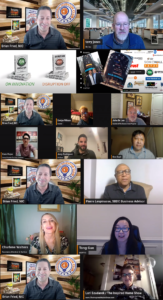
March Newsletter 2024
March 2024 Whether you’re an experienced inventor or a newbie who just came up with your first big idea, the Inventor Smart Monthly Newsletter is
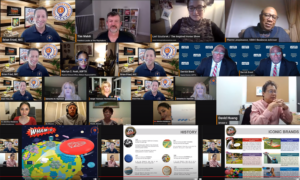
February Newsletter 2024
February 2024 Whether you’re an experienced inventor or a newbie who just came up with your first big idea, the Inventor Smart Monthly Newsletter is
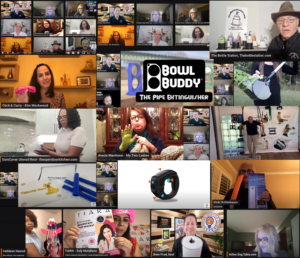
January Newsletter 2024
January 2024 Whether you’re an experienced inventor or a newbie who just came up with your first big idea, the Inventor Smart Monthly Newsletter is
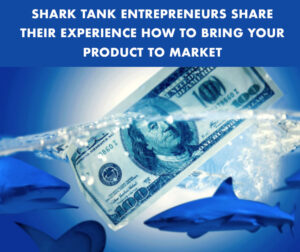
December Newsletter 2023
December 2023 Whether you’re experienced famous inventors or a newbie who just came up with your first big Invention idea, the Inventor Smart Monthly Newsletter

